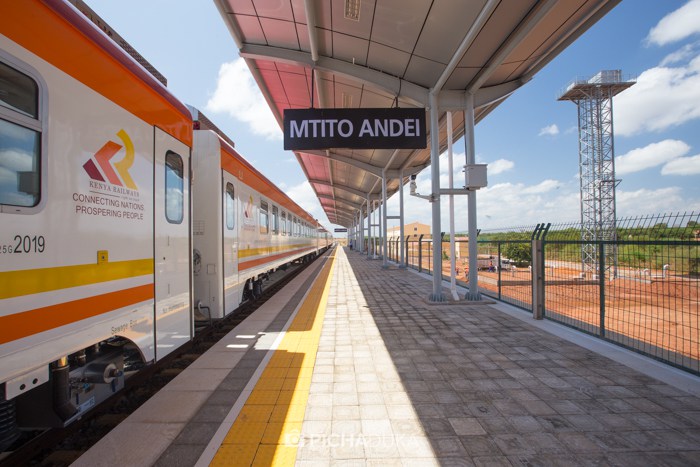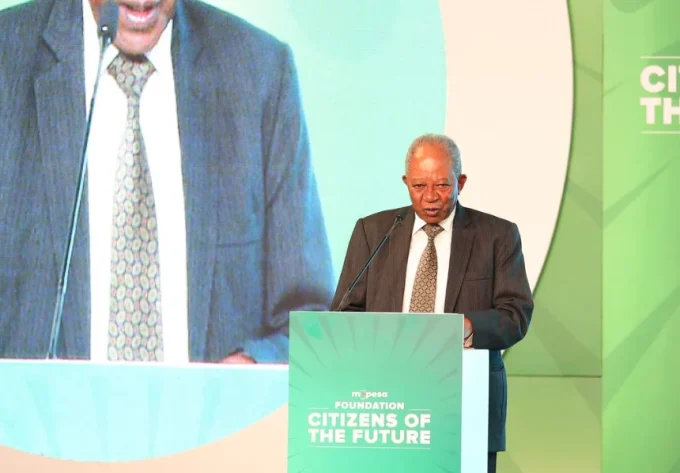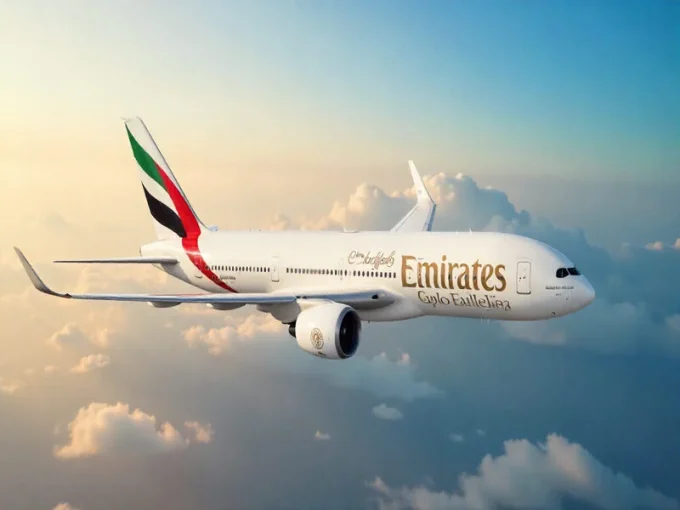More than 280,000 Kenyans have shifted from road to rail transport in the few months that the Madaraka Express has been operation since the completion of the Standard Gauge Railway (SGR), says Transport Cabinet Secretary James Macharia.
The number is expected to shoot up significantly when a second passenger train begins operating next month. There will also be a significant de-congestion on the Mombasa-Nairobi highway when trial runs of the SGR Freight Train begins on October 30.
“By 11th September the total number of passengers ferried by SGR since the inauguration of Madaraka Express stood at 281,725 passengers. We are currently running one SGR passenger train with a capacity of 1488 persons,” said Mr Macharia Wednesday during a stakeholders luncheon hosted by the Kenya Ports Authority in Nairobi.
Full commercial SGR Freight Train operations will start in January 2018. This follows the modernisation of the Inland Container Depot (ICD), which includes an expanded capacity from 180,000 TEUs to 450,000 TEUs — a development that will ultimately position ICD Nairobi as a preferred point of shipment.
Mr Macharia said the government has also taken steps to reduce non-tariff barriers along the Northern Transport Corridor by allowing loaded trucks to weigh only two times between the Port and the border points without further inspection at police mobile road blocks unless for exceptional security reasons.
READ: Sonko shocks Nairobi commuters with new rules
This has translated into reduction in container dwell time, transit times, and delays around weigh bridges which have been notorious for causing traffic pile ups in Gilgil and Mariakani in Nakuru and Kilifi Counties respectively.
“We have also automated cargo processing services under the Kenya National Single Window System.
“Cargo interveners can now avoid logging on multiple systems hence ease documentation process, quicken cargo clearance and lower the cost of doing business,” said the CS.
Also underway construction of the final stretch on Voi-Mwatate road and the construction of the construction of Mariakani-Mombasa dual carriage way, both of which are expected to ease traffic flow between the Port and the hinterland.
ALSO SEE: President Uhuru’s new SGR fare that has excited Kenyans
KPA Managing Director Catherine Mturi-Wairi said the infrastructural upgrades come at an opportune time when the sea port of Mombasa is reeling from increased container traffic.
“From January to July 2017, the Port handled a total of 17.52 million tons up from 15.66 million tons registered in the corresponding period of 2016, reflecting an increase of 1,865,436 tons or 11.9 percent,” noted Ms Mturi-Wairi.
READ ALSO: How to create a funny but successful nickname
Kenya’s export traffic has also increased by 36,094 tons to post 2,182,232 tons from 2,146,138 tons handled in the corresponding period in 2016. The slight increase was supported by Coffee, Tea, Vegetables, Fruits and Juices.
KPA has operationalised the 2nd Container Terminal, whose phase one was commissioned in September last year. The facility has increased the Port’s annual container handling capacity by 550,000 TEUs. Groundbreaking for the second phase of the 2nd Container Terminal is scheduled for January next.













Leave a comment